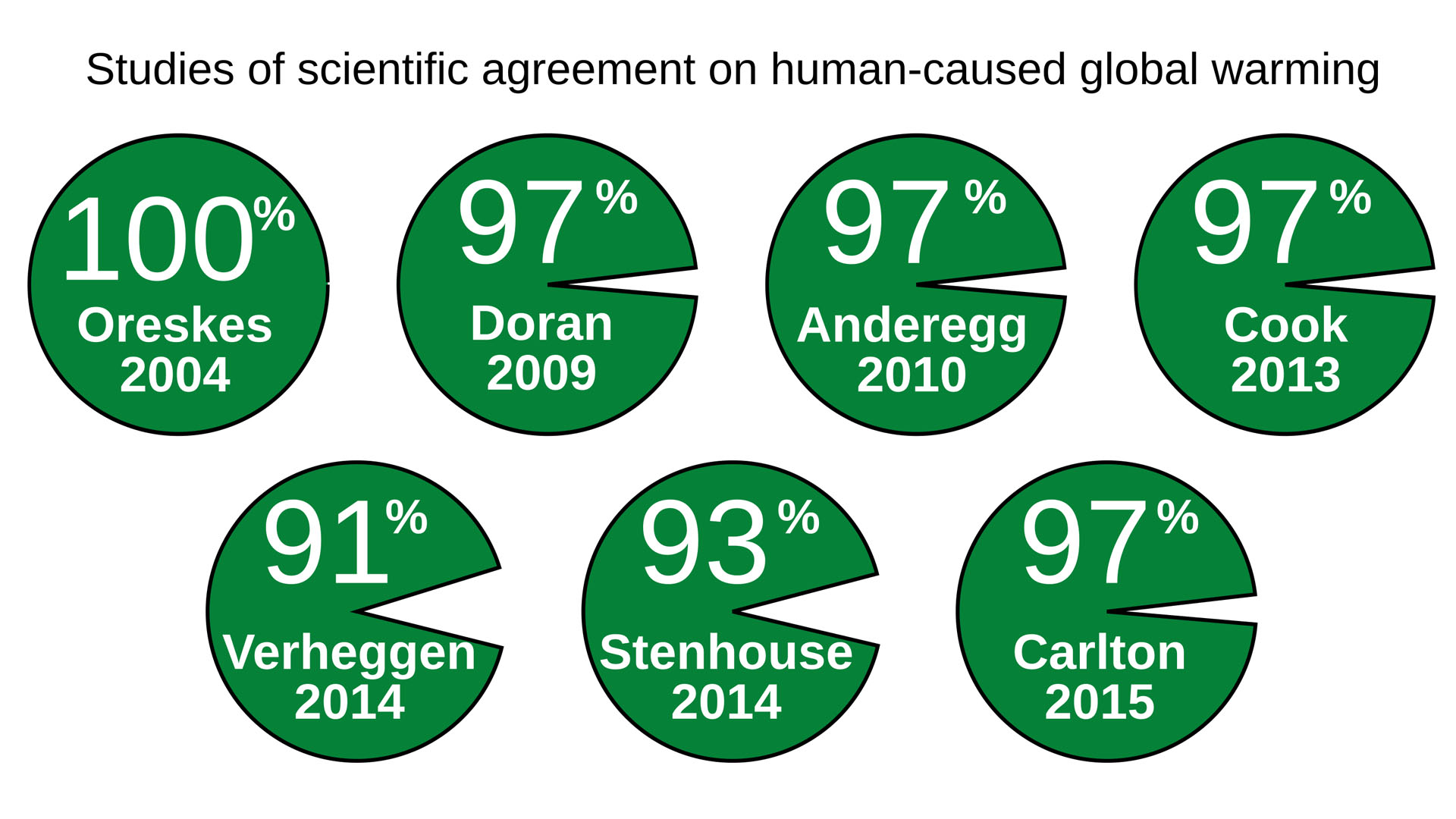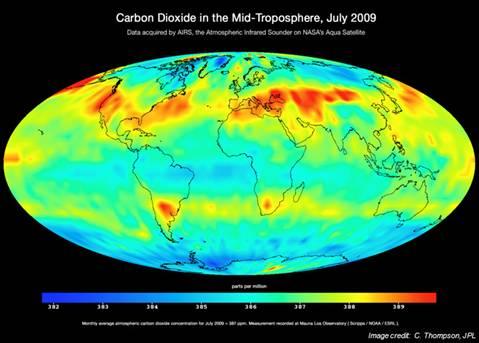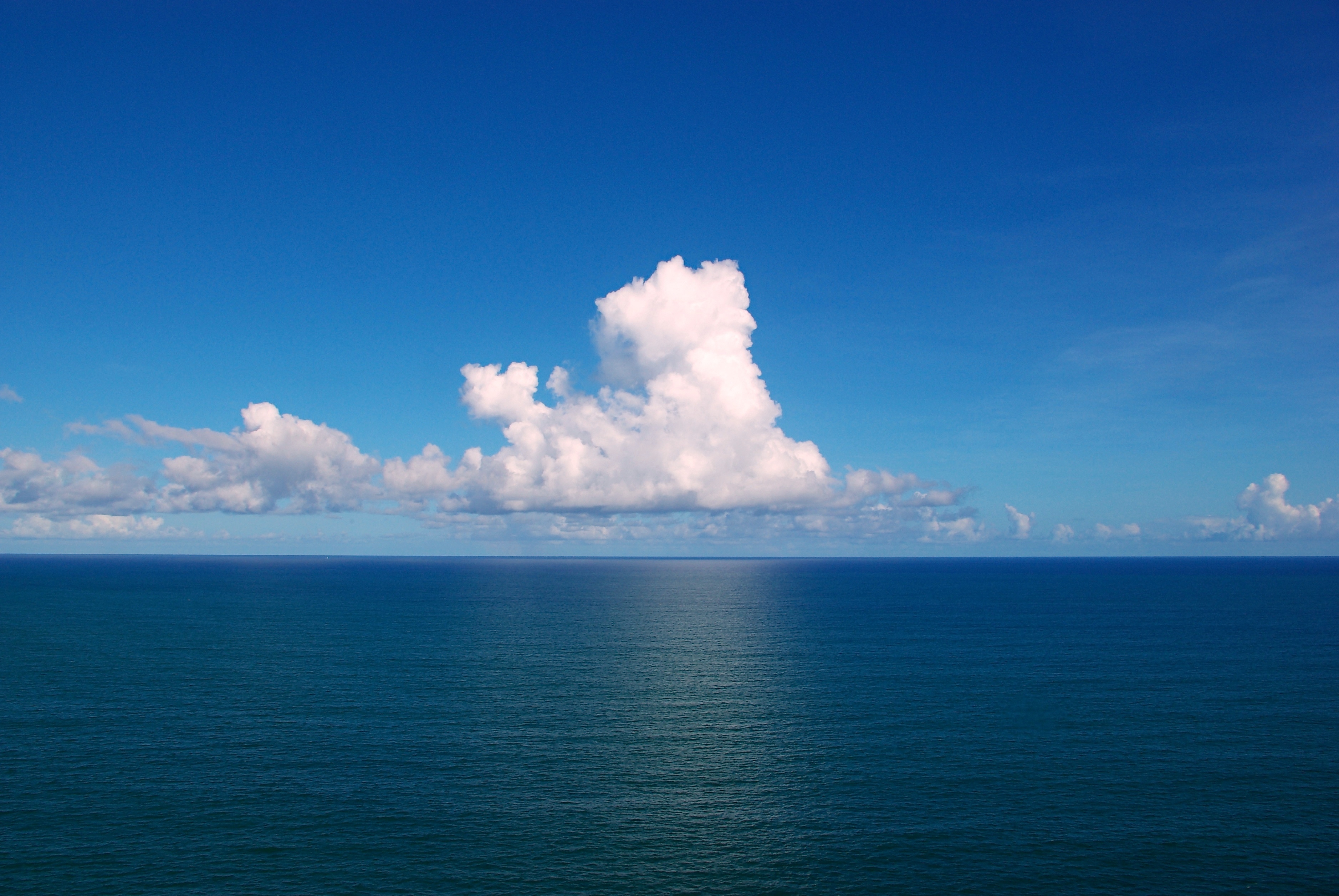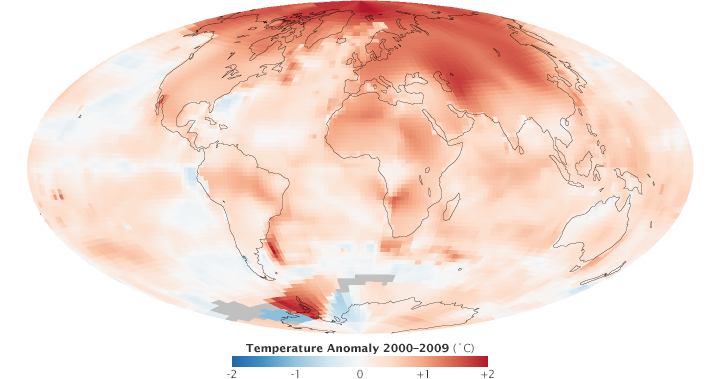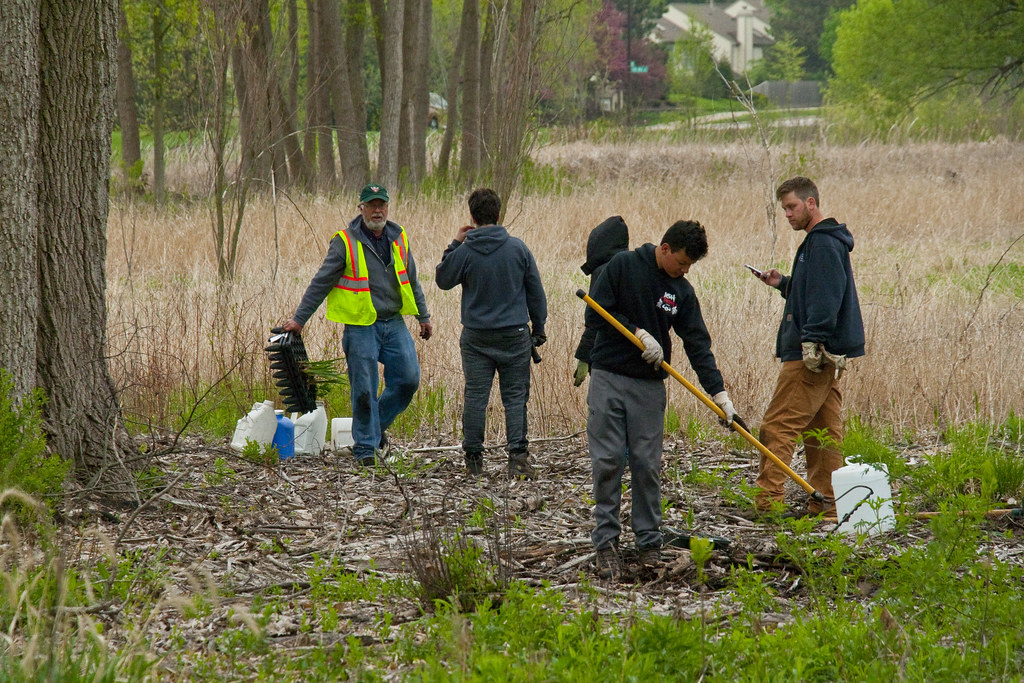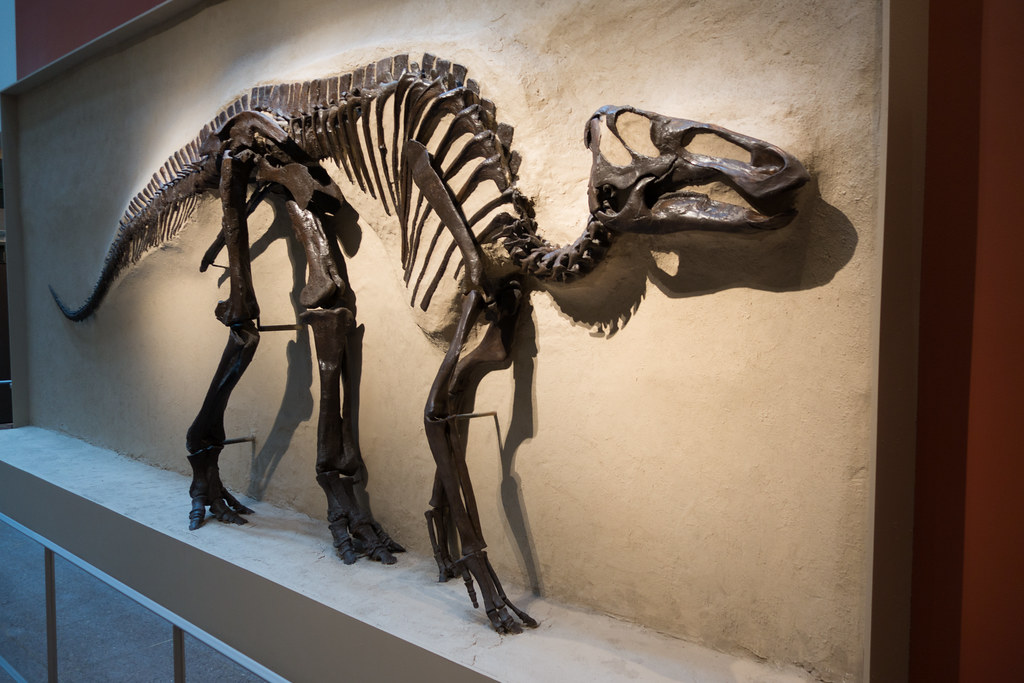STEM
Medicine
Health
Health
Society
Edward Hessler
A short (1.5 pp) article from the journal Nature caught my eye in May. It was about something I'd never considered: the biomedical effects on being old and homeless. This population ages "at hyper speed." This may not be news but the question is what is really known about it.
There is a Center for Vulnerable Populations (CVP) at the University of California San Francisco studying biological effects of homelessness.. Their aim of its director is to understand "how homelessness can accelerate ageing," in order to "identify ways to curb suffering and save government money," learn how to invest wisely and make a health difference.
While it is well known that homeless people often suffer "physical and mental-health problems ... systematic research on the progression and causes of their ailments" is missing." Dr. Margot Kushel, the director of the CVP, started "a study on the life trajectories of older homeless adults in the Bay area in 2013. She started with 350 participants. Since then 42 have died. "Many people in her study were over the age of 50 when they first became homeless."
Other research is included in this report, e.g., the work of neurologist Serggio Lanata, who by now has launched a study which "will look for signs of debilitating brain conditions (early signs of Alzheimer's) ... in at least 20 homeless adults." Brain scans and other factors such as "lack of sleep, exposure to polluted air near highways, poorly controlled diabetes, high blood pressure and alcohol abuse" will also be collected and analyzed. Material in parenthesis added.)

 CGEE Student Voice
CGEE Student Voice
